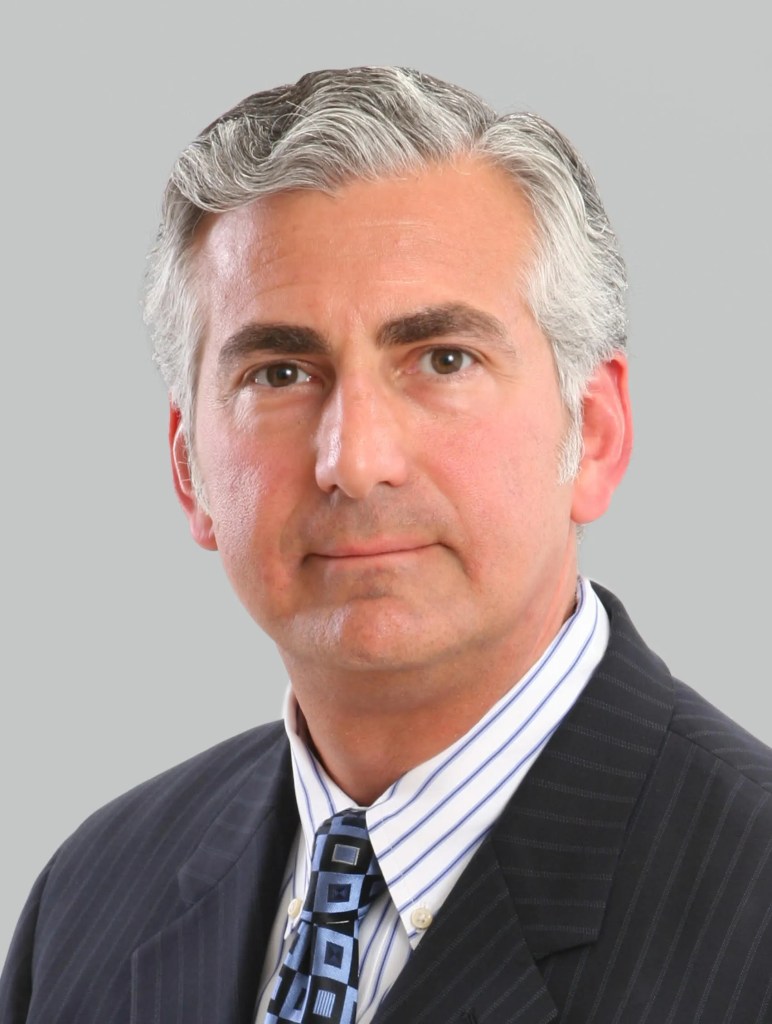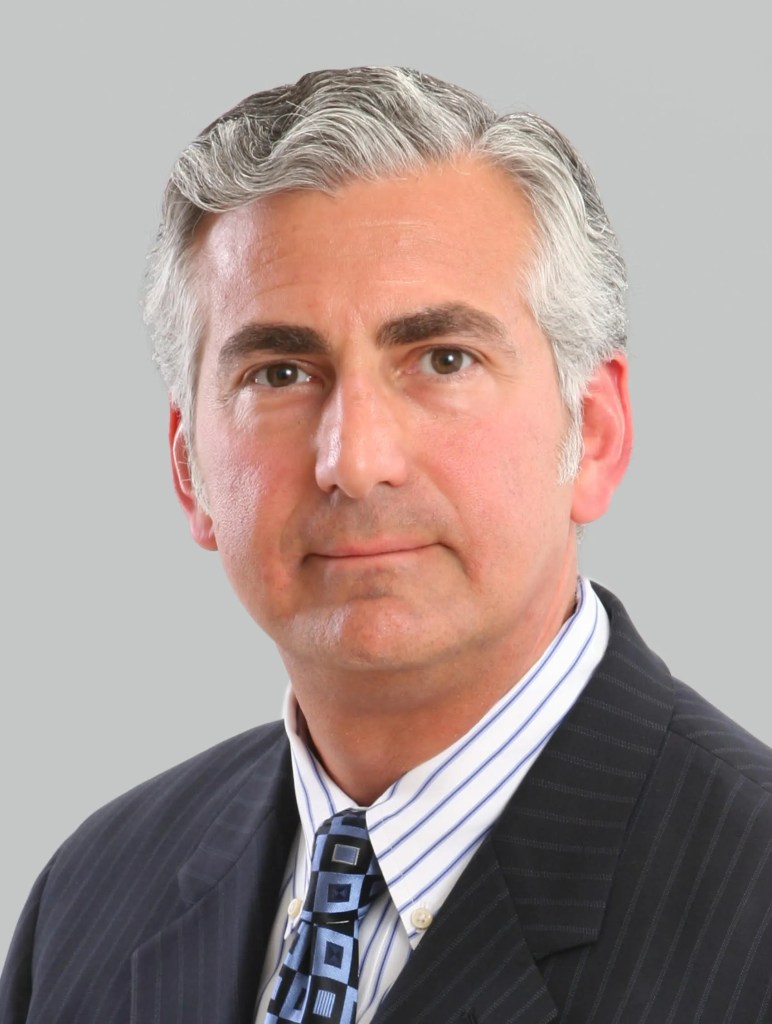Financial services company Onity Group, the parent company of PHH Mortgage Corp. and top 10 reverse mortgage lender Liberty Reverse Mortgage, highlighted the financial performance of its reverse mortgage division as a hedge on forward originations and touted the ongoing performance of its servicing portfolio, and broadly stated that the company reached its “highest net income since 2013,” according to the CEO.
Leaders also revealed that it is developing a new, proprietary reverse mortgage product outside the purview of the Federal Housing Administration (FHA)-backed Home Equity Conversion Mortgage (HECM), according to details shared by the company’s executive leadership team during its fourth quarter and full year 2024 earnings call held on Thursday morning.
Reverse mortgage performance
The company consistently highlighted its performance in a variety of reverse mortgage-related areas, including servicing, origination and asset acquisition. Onity CEO Glen Messina highlighted the company’s recent purchase of HECM-backed Securities (HMBS) assets from Waterfall Asset Management, a transaction originally announced in Q2 2024.

Reverse mortgage servicing recorded a $9 million drop in quarter-over-quarter performance, which company CFO Sean O’Neil attributed to “a third quarter gain related to our asset management activities and lower marks on the buyout loans due to model and assumption changes,” he said.
He characterized full-year servicing performance as “strong,” but lower than in 2023 due to many of the same reasons. But reverse servicing has other portfolio benefits, he explained, saying that “reverse assets are an effective natural hedge to the forward MSR assets.”
On the origination side, O’Neil described performance across forward and reverse as strong across all segments, matching Q3 performance at $10 million of adjusted pre-tax income (PTI).
“Reverse also had volume and margin gains in the quarter,” he said. “Originations has posted significantly larger adjusted pretax income numbers in 2024 than 2023, […] and is experiencing volume gains in all of our segments.”
Higher margin segments in consumer direct lending and reverse saw both quarter-over-quarter and year-over-year growth, O’Neil added.
Growing reverse
In the Q&A portion of the call, Messina was asked about the growth potential for the side of the reverse business dealing specifically with the HECM product and he said that the company still views the potential for growth based on demographic trends, while acknowledging that challenges continue to persist around interest rates. Messina acknowledged that reverse remains a “niche” business for the company, owing to the fact that its forward business dwarfs the reverse side.
But reverse continues to serve an important business purpose for the company, and remains a priority so long as the sensitivities of rates and customers are effectively managed, he explained.
“It’s a great option on the aging baby boomer population to have a product that serves their needs,” he said. “But it is a product whose attractiveness is very tied to the level of interest rates. When interest rates are higher like they are now, consumers generally can’t get as much equity out of their homes as they can when interest rates are lower.”
This aligns the origination trends as impacted by rates with the forward side, but Messina reiterated the unique value that reverse has on the servicing portfolio.
“As a hedge to the forward business, reverse MSRs tend to appreciate in value as rates go down versus depreciate when rates go up,” he said. “It serves as a multipurpose tool for us: it’s a hedge to the forward business and an option on the aging population.”
Proprietary product development, history
The team also expanded upon the news that it is developing a new proprietary reverse mortgage, saying that its development is tied to what is seen as “limited refinancing opportunity.”
This environment will lead the company to “expand our product breadth in home equity and proprietary reverse to grow our addressable market,” Messina said. “This also helps maintain operating capacity in consumer-direct to better support refinancing opportunity should rates fall.”
Messina added during the Q&A that the HECM product’s “limitations” around age, maximum claim amount and cost naturally leads to the exploration of a new, in-house proprietary product.
“Just like there [is], for example, a jumbo mortgage on the forward side, the proprietary reverse product, you could think of it almost as like the jumbo mortgage of the reverse side,” he said. “And it allows consumers to tap more of their equity because it can accommodate […] total advance amount that’s greater than what you can have under the HECM product.”
This, in turn, helps to expand the addressable market, especially considering older homeowners’ well-documented preferences for aging in place, without wanting to downsize or otherwise leave their homes.
“So it’s a great cash flow and estate planning tool for people, we think,” Messina said.
The creation of a proprietary product at Liberty is not new, since the company in 2007 introduced their first proprietary product, Liberty Preferred. In 2019, the parent company then known as Ocwen Financial Corporation announced that it had developed a new proprietary product called “EquityIQ,” which has since left the market. It launched that summer and was briefly suspended due to COVID-19 market volatility in March 2020, but was brought back that summer.
In 2022, the company suspended availability of the product again due to volatility in the bond markets. Liberty is now poised to re-enter the proprietary space against a bolstered position for Finance of America’s offering, HomeSafe, and Longbridge Financial’s “Platinum” product line.
Potential benefits of HMBS 2.0
Company leaders also spoke about their hopes related to “HMBS 2.0,” the proposed complementary reverse mortgage securitization program from Ginnie Mae. Messina said that the company expects HMBS 2.0 to be implemented, and that it expects a lot of potential benefits.
The new program would create “more liquidity for issuers or participants in the reverse mortgage space,” he said, saying there would be more options for monetizing tails and buyouts to create more liquidity at a faster pace. That “should reduce risk for the business,” and could potentially “deflect interest rate risk if you so choose.”
But the company is still taking a bit of a wait-and-see approach to the best ways it can implement the program if or when it arrives.
“As you know, we use our reverse mortgage assets to hedge the forward mortgage assets,” he said. “So mitigating interest rate risk there may or may not make sense for us depending upon how many reverse mortgages we want to hedge against our forward MSR. But we think the incremental […] liquidity sources provided by the new HMBS 2.0 regs creates more options for us to work opportunistically within the reverse space for both new MSRs and whole loans.”
There is not currently an implementation timeline for HMBS 2.0. A final term sheet was released by Ginnie Mae in November, serving as the culminating work of the Biden administration’s ongoing reverse mortgage liquidity efforts. It’s unclear how HMBS 2.0 will be implemented under the Trump administration, as acting leadership at Ginnie Mae has been radio silent since January’s inauguration.
Recent executive orders, including a federal hiring freeze, could also delay the rollout of the program, according to former Ginnie Mae President Ted Tozer.





